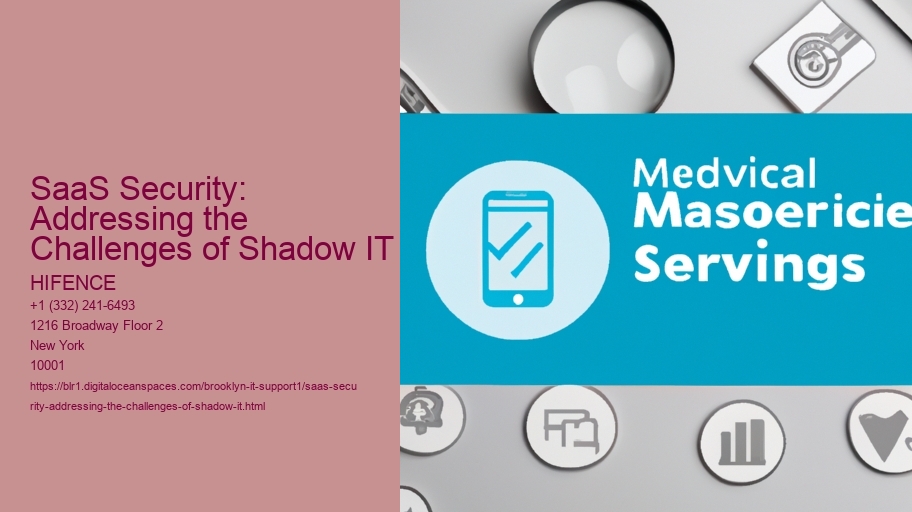
Okay, lets tackle this SaaS Security thing, especially when it comes to that sneaky Shadow IT! Its a real problem, honestly.
SaaS Security: Taming the Shadow IT Beast

Software as a Service (SaaS) has, like, totally revolutionized how businesses operate. Think about it: no more clunky servers in the basement, no more endless update cycles that eat up ITs time. managed it security services provider Instead, weve got apps like Salesforce, Dropbox, and Slack, all humming along in the cloud. managed service new york Its (generally) awesome, right?
But heres the rub. managed service new york While officially-sanctioned SaaS apps are usually well-managed and secured, theres this whole other world going on – Shadow IT. This is where employees, often with good intentions, start using SaaS apps without ITs knowledge or approval. check Maybe Sarah in marketing needs a project management tool and signs up for Trello with her work email, or maybe David in sales starts using a file-sharing service to send large presentations to clients. managed service new york It seems harmless, yeah?

(Spoiler alert: its not.)

The problem with Shadow IT is twofold. First, from a security standpoint, these unsanctioned apps might not have the same security rigor as the ones vetted by IT. They could have vulnerabilities, weak access controls, or simply not comply with industry regulations. Think about sensitive customer data stored in an app with a questionable privacy policy – yikes! Its a recipe for a data breach, and thats something no one wants. And IT wont even know to look for it!
Second, it creates a fragmented IT landscape. When employees use different tools for the same purpose, it creates silos of information. Collaboration becomes more difficult, data becomes inconsistent, and its a nightmare for IT to manage. Plus, it can lead to wasted resources, as different departments might be paying for overlapping functionality.
So, how do you address this Shadow IT challenge? Well, its not about banning all unsanctioned apps (thats a losing battle). Instead, its about a multi-pronged approach:
Ultimately, taming the Shadow IT beast requires a shift in mindset. Its not about control, its about enabling secure and productive use of SaaS applications across the organization. By embracing a proactive and collaborative approach, you can reduce the risks associated with Shadow IT and create a more secure and efficient IT environment.
It can be done!